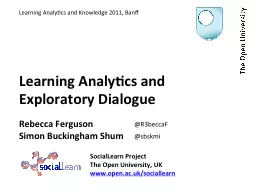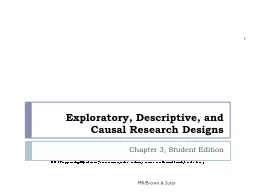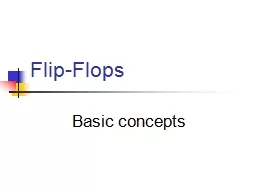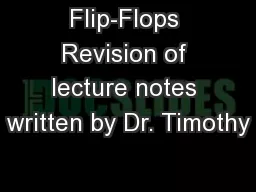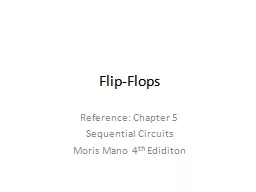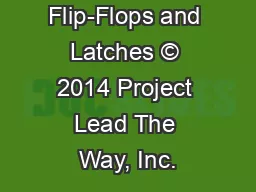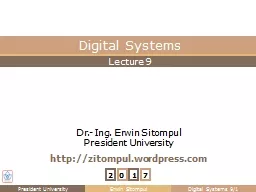PPT-To flip or not to flip: An exploratory analysis into studen
Author : conchita-marotz | Published Date : 2017-03-16
Enhancement Themes conference Thursday 9 June 2016 John McIntyre Conference Centre Edinburgh Mulholland G Turner J amp Mitova M Contextual background The aim
Presentation Embed Code
Download Presentation
Download Presentation The PPT/PDF document "To flip or not to flip: An exploratory a..." is the property of its rightful owner. Permission is granted to download and print the materials on this website for personal, non-commercial use only, and to display it on your personal computer provided you do not modify the materials and that you retain all copyright notices contained in the materials. By downloading content from our website, you accept the terms of this agreement.
To flip or not to flip: An exploratory analysis into studen: Transcript
Download Rules Of Document
"To flip or not to flip: An exploratory analysis into studen"The content belongs to its owner. You may download and print it for personal use, without modification, and keep all copyright notices. By downloading, you agree to these terms.
Related Documents


